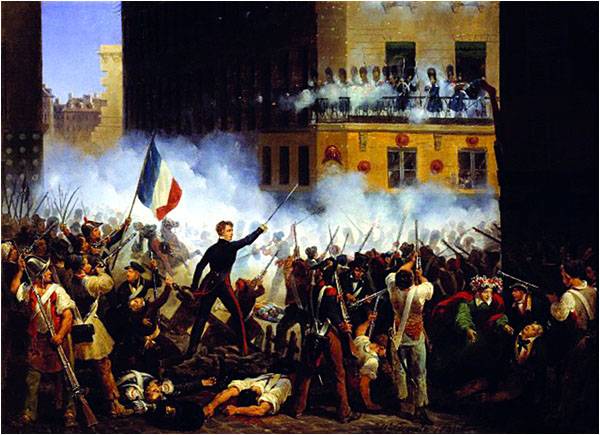
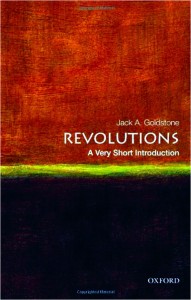
Jack A. Goldstone
Oxford University Press
Year of Publishing: 2014
Revolutions, heroic or horrific, have always aroused intense emotions and strong passions. Karl Marx championed revolutions and described them as the locomotives of history. Raymond Aron decried them as the opium of the intellectuals. Hegel justified revolutionary violence in the service of reason. Shocked by horrors of the French Revolution, Edmund Burke presciently foresaw the emergence of military dictatorship amidst revolutionary chaos and disorder; Napoleon, on assuming power, declared that he had come to ‘close the Romance of the Revolution’ and channelized energies unleashed by it towards achieving his imperialistic designs. However, centuries later and globally, the romance of revolution continues to cast its spell on intellectuals and workers, leaders and the led.
Oxford University Press, in its series of pocket-size Very Short Introductions, couldn’t have selected someone more suitable than Jack A Goldstone, a Harvard-educated sociologist and political scientist who teaches public policy at George Mason University, to write on the subject of revolutions. A prolific author on this topic, Goldstone has also edited The Encyclopedia of Political Revolution.
[quote]Revolutions occur more often in the middle-income countries than in the poorest nations[/quote]
In this slim volume, Revolutions: A Very Short Introduction, Goldstone discusses major theories of revolutions, examining their causes, roles played by their leaders, and strategies adopted to drive change. The most interesting chapters deal with the historical development of revolutions over millennia, starting from ancient Greece and Rome to revolutions during the Renaissance and the Reformation, the liberal constitutional revolutions during the Enlightenment period, Communist revolutions during the twentieth century and their subsequent overthrow, the Iranian revolution, the color revolutions in Europe and the recent Arab Spring.
Revolutions are defined by the presence of four factors: forcible overthrow of the government, mass mobilization, a driving ideology carrying a vision of social justice, and the creation of new political institutions. Revolutions are different from peasant revolts, grain riots, strikes, social movements, coups and civil wars, although any of these can arise during the course of revolutions and form one of its many components.
[quote]The Shah of Iran turned every sector of society against him[/quote]
Thomas Carlyle in his celebrated study of the French Revolution summarized its main causes thus: “Hunger and nakedness and nightmare oppression lying heavy on twenty-five million hearts: this… was the prime mover in the French Revolution; as the like will be in all revolutions, in all countries.” Later day historians and sociologists have questioned Carlyle’s view on the linkage between poverty and hunger with revolution.
As Goldstone explains, revolutions occur more often in the middle-income countries than in the very poorest nations. American colonists were better off than European peasants, whereas French peasants were in a much better financial shape than their Russian counterparts, but the revolution in Russia occurred more than a century after the American and French Revolutions. While facing the military might of well-entrenched regimes, peasants and workers can produce a rebellion but not overthrow the government on their own. Only when a significant portion of the elites defect or stand by a popular revolt (as in the case of a military) can revolutions occur and regimes be overthrown.
[quote]Stalin eliminated most of his revolutionary comrades[/quote]
Poverty, inequality, modernization or ideological change are impulses for revolutionary change but are not sufficient for bringing about social change through revolution. People will rise against the regime only when elites and popular groups blame the regime for unjust conditions – whether due to the regime’s incompetence, corruption or nepotism favoring certain groups.
What is important is the belief that these conditions are not inevitable but are due to the faults of the regime. In the 1970s, despite modernization and high oil prices, the Shah of Iran was able to turn virtually every sector of the society – the clergy, the peasantry, the urban poor, the working classes, the trade merchants, and the professional middle class – against him. As such the 1979 Iranian revolution is considered one of history’s most broad-based movements against a dictator.
Karl Marx propounded a theory of history based on progress through a series of class revolutions. First, said Marx, the capitalists will throw out absolute kings and hereditary nobles; then workers will rise up and throw out capitalists, who will be replaced by communist states. Marx, according to Goldstone, was partially right; workers in Europe and America came together to form unions and demanded better wages and working conditions instead of staging a revolution. Only in agrarian countries outside Europe, such as Russia and China, did Marx’s vision of peasant societies making a transition to communist states come true.
Goldstone has simplified conditions required for revolutions into a five-step checklist: an economic or fiscal crisis; elites that are divided and alienated from the regime; a coalition among popular groups with popular grievances; the emergence of a persuasive narrative of resistance; and an international environment favorable to revolutionary change. It is very rare for all these five factors to be fulfilled at the same time. In addition, there are structural causes for revolution which evolve over a long period: demographic changes, wars and sudden shifts in international relations, evolution of personalized regimes, uneven or dependent economic development and new patterns of discrimination against a particular group.
Revolutions do not necessarily lead to democracy (as happened in the American Revolution); in fact they often end in military dictatorship (as witnessed in the French Revolution). The Iranian Revolution has resulted in a hybrid system-rule of the Ayatollah coupled with republicanism (a president and parliament are regularly elected). Unlike the French and Russian revolutions, hijacked by military strongmen Napoleon and Stalin respectively, the Iranian Revolution did not follow the trend of military dictatorship, for its Supreme Leader and elected President remain in control of the Army.
Revolutions, according to Goldstone, are most likely to lead to democracy in societies which have prior experience of democracy or where revolution does not face a potent counter-revolutionary threat. If the conflict between different contending factions within the revolution is acute or if the revolutionary leaders are attached to a particular ideology or ethnic identity, the chances of a democratic outcome are reduced.
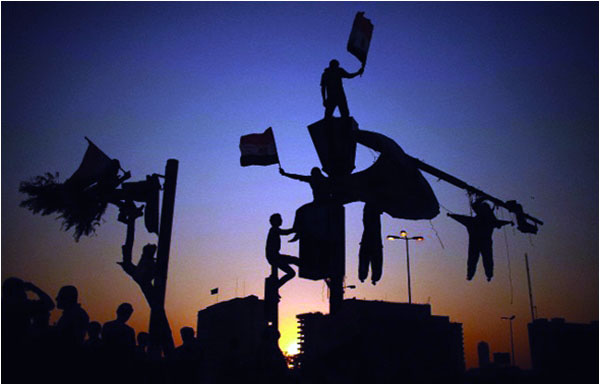
One of the most interesting chapters in this book deals with the Arab Spring of 2011. That uprising is often compared to the failed 1848 revolutions of Europe. The Arab Spring occurred in countries with personalized rule (Egypt, Tunisia, Libya, and Syria). Egypt, the most populous country and long considered a trend-setter in the Arab world, is back to military rule while the foreign-sponsored rebellion didn’t succeed in Syria. The outlook in Libya, after the fall of Gaddafi due to foreign intervention, does not look good. Bahrain was the only Gulf monarchy which witnessed rebellion but it was quickly quelled with foreign military help. Backed by Western powers and high oil prices, oil-rich Gulf monarchies were not affected by the Arab Spring as they provided generous grants and subsidies to their militaries and local populations. When writing about the abortive 1848 revolutions in Europe, the noted historian AJP Taylor famously wrote that history had reached a turning point but failed to turn. In 2011, the Arab world experienced its 1848 moment.
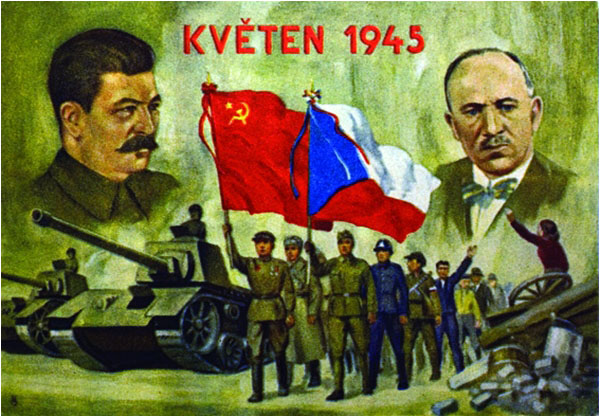
Revolutions are supposed to be led by incorruptible leaders. Revolutionary leadership is of two types: visionary and organizational. Visionary leaders inspire and guide the revolutionary forces through their writings and speeches, hitting out at the injustices and corruption of the incumbent regime, and articulate the narrative for social change after overthrow of the government. Examples of visionary leaders include Robespierre, Lenin, Mao, Ayatollah Khomeini, Castro, Nelson Mandela, etc. Organizational leaders translate the ideas of visionary leaders into reality by organizing revolutionary armies and bureaucracies. Examples of organizational leaders include George Washington, Napoleon, Trotsky and Zhou Enlai.
Revolutions are opposed by counter-revolutionaries and the struggle between the two contending groups leads to violence and reigns of terror. It is not just counter-revolutionaries but also fellow revolutionaries that become the victims of revolutionary terror. In 1793, Robespierre, the incorruptible leader of the French revolution, unleashed the reign of terror in which thousands of people accused of treason to revolution were guillotined, while more than 200,000 were arrested. King Louis XVI was among those guillotined after a moving speech favoring the monarch’s execution by Pierre Vergniaud, one of the leaders of the moderate Girondist party.
Months later, Vergniaud and other Girondist leaders were themselves executed after being accused of being counter-revolutionaries. Waiting for his turn to be guillotined, Vergniaud uttered the famous statement: Revolution, like Saturn, is devouring its own children. He was referring to the mythic Greek god who cannibalized his own children to avoid being overthrown by any of them as he had overthrown his own father. At the end of reign of terror, Robespierre was himself guillotined. After the Russian revolution, Stalin eliminated most of his revolutionary comrades such as Trotsky, Zinoviev, Kamenev, Nikolai Bukharin and Marshal Tukhachevsky.
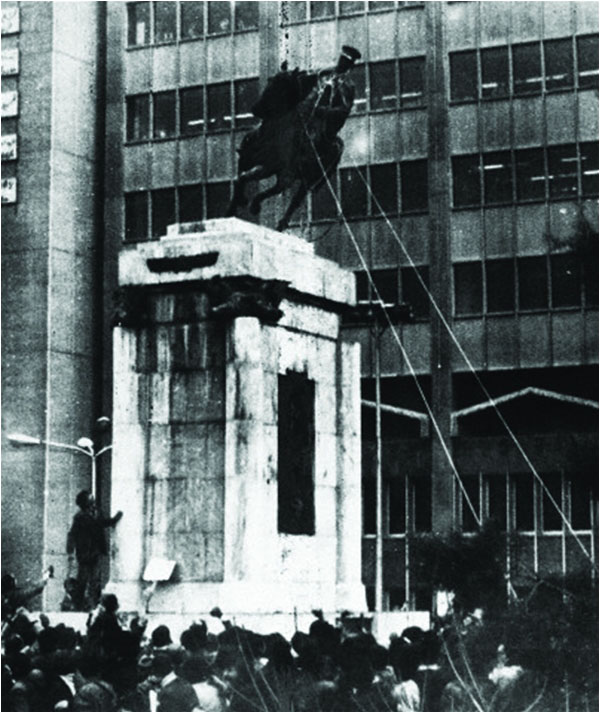
Revolutions often upset the international order and balance of power, leading to war with neighbouring countries. War after revolution gives radical factions the opportunity to strengthen their hold and eliminate their domestic opponents. It was war with Austria that helped Robespierre and his fellow Jacobins to unleash a reign of terror in France. Ayatollah Khomeini and the hardline faction within the Iranian Revolution consolidated their hold over government after the start of the Iran-Iraq war in 1980 and targeted the moderate revolutionary factions.
Finally, when we look at their balance sheets of successes and excesses, we find that revolutions, like most utopias, are over-rated. Reforms, instead of revolution, should be the preferred method of change. In the last century, Britain was radically transformed by reforms twice, during the time of Clement Atlee and again under Margaret Thatcher, and the impact of these government-led reforms can only be described as revolutionary without resulting in the kind of epic violence or chaos generally associated with revolutions.
One of the main reasons why intellectuals or people on the street pine for revolution is that governments do not have the ability or willingness to carry out meaningful reforms. John F Kennedy was spot on when he remarked that those who make peaceful revolution impossible will make violent revolution inevitable.
The reviewer tweets at @AmmarAliQureshi and can be contacted at ammar_ali@yahoo.com

